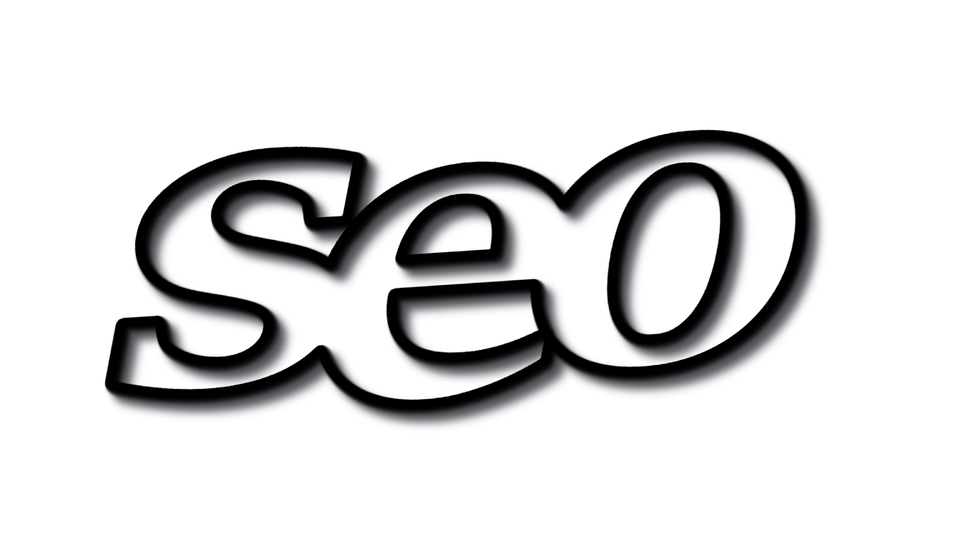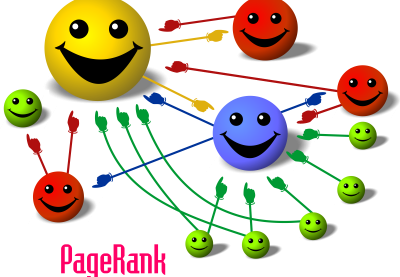
How to optimize images for SEO
When it comes to writing your content, there are many ways to make it easier to read on the web with lots of paragraph breaks, snappy sentences, headings and sub-headings but one of the key ways to make your article stand out more is by using lots of relevant images. When it comes to adding images to your article, the best thing about it is that they can be used to bring in organic traffic through search engine image results.
There are two ways that your images can be found on the web;
-
Visual Search
This is where the user browses through a few different images that have been appeared in their search results. In order to have your images stand out for visual search, you will want to have exciting products and decent sized images on your sites if you have the zoom feature.
If you have unorganised images that are not clear or without borders, text or other decorations then they may well be hidden from search engines, because other sites will have one of those things, which will push your image down so make sure that your product fills the frame and stands out.
-
Image Search
Within the image search, there are two types of search, one being more sophisticated by analysing the actual image whilst the older form of image search depended on gathering the subject from related information on the page. It all started with using signals within or around the actual image, this includes the image name, texts placed around or close the image on the website page.
Although this enabled search engines to gather the content of the image, it was limited to finding similar images based on tagging and that reduced images into a subset of text search. In order to help this is by renaming the file name to relate to the image, add a description and alt tags, also you can place contextual information around the image.
However, image search has advanced through the years, and now the image search is based on the actual image itself. So when you upload an image to whichever shopping search engine, the image itself is analysed by its details. This includes lines, colours, shapes and proportions are converted into a mathematical model. This then can be searched to find other images with similar attributes from an image database.
When an image is analysed, it is done so to understand the content of the image and gather information in order to compare it to the image database and surface similar images and for ecommerce this means similar products. So when it comes to optimising for SEO, you should keep in mind that the having images from different angles of your product, will help assist search engines to analyse your product.
Are you having trouble with your SEO image optimisation? Contact us to find out more about SEO optimisation for image search and keep ahead of your competitors.
 Pinterest
Pinterest Twitter
Twitter Facebook
Facebook

